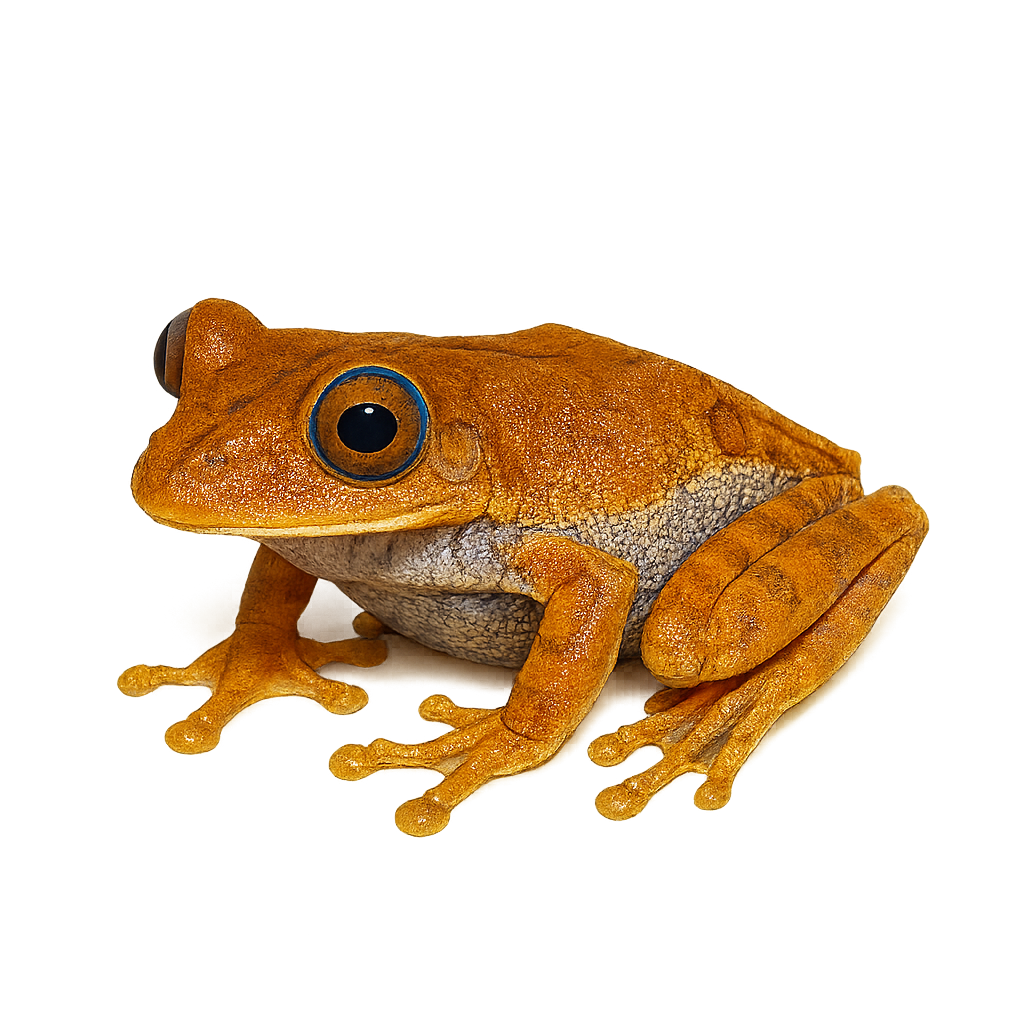Your wildlife photography guide.
Explore the semilineated tree frog in detail, study its behavior, prepare your shots.
Where to observe and photograph the semilineated tree frog in the wild
Learn where and when to spot the semilineated tree frog in the wild, how to identify the species based on distinctive features, and what natural environments it inhabits. The WildlifePhotographer app offers tailored photography tips that reflect the semilineated tree frog’s behavior, helping you capture better wildlife images. Explore the full species profile for key information including description, habitat, active periods, and approach techniques.
Semilineated tree frog
Scientific name: Boana semilineata

IUCN Status: Least Concern
Family: HYLIDAE
Group: Amphibians
Sensitivity to human approach: Suspicious
Minimum approach distance: 2 m
Reproduction period: October to March
Incubation: 8–12 jours
Births: November to April
Habitat:
tropical rainforests, swamps, rivers
Activity period :
Mainly active at night, generally discreet during the day.
Identification and description:
The Boana semilineata, commonly known as the Semilineated tree frog, is a species of arboreal frog found primarily in the humid tropical forests of South America. It is recognizable by its bright green coloration, often adorned with darker lines or patterns, allowing it to effectively camouflage among the leaves. This species is mainly nocturnal, hiding during the day to avoid predators. It primarily feeds on insects, which it captures with its sticky tongue. The striped tree frog plays an important role in the ecosystem by regulating insect populations. Although its population is stable, it is threatened by deforestation and the loss of its natural habitat.
Recommended lens:
Macro – adjust based on distance, desired framing (portrait or habitat), and approach conditions.
Photography tips:
To photograph the Semilineated tree frog, it is advisable to use a macro lens to capture the details of its skin and distinctive patterns. Look for it in tropical rainforests, especially at night, as it is mainly nocturnal. Be patient and quiet to avoid scaring it away. Use a tripod to stabilize your camera in low-light conditions. Natural light or a soft flashlight can help highlight its bright colors without dazzling it.
The WildlifePhotographer App is coming soon!
Be the first to explore the best nature spots, track rutting seasons, log your observations, and observe more wildlife.
Already 1 431 wildlife lovers subscribed worldwide

